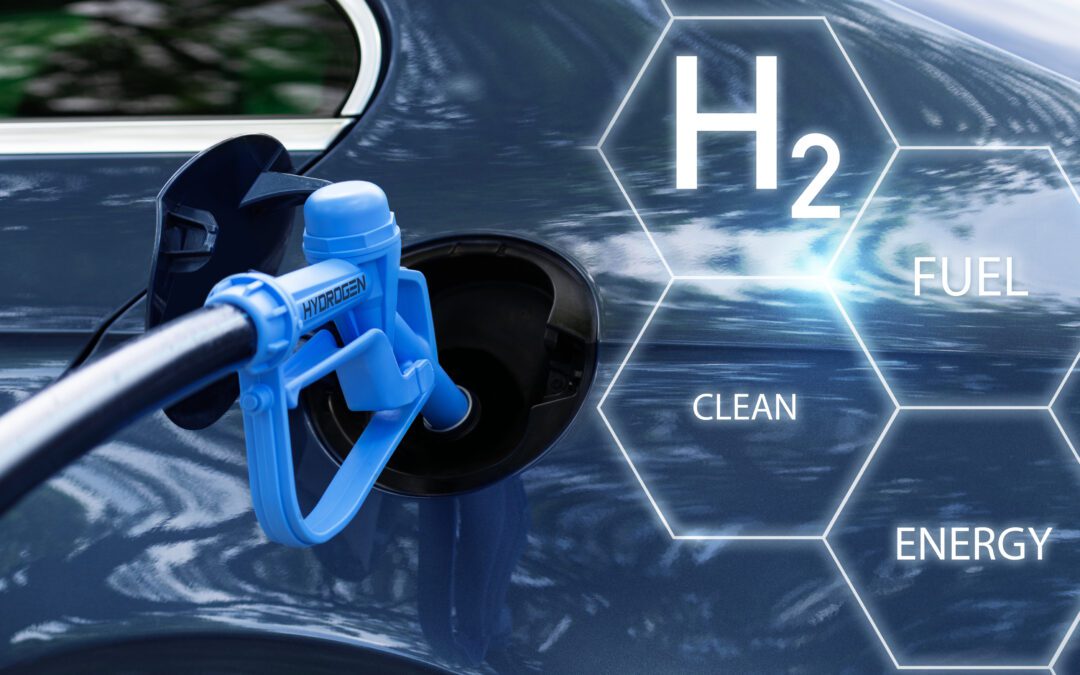Earlier this month, the Global Epicenter of Mobility (GEM), a signature program of the Detroit Regional Partnership, published its Future Mobility Technology Study (FMTS). The comprehensive report identified seven mobility technologies with the strongest mid-term growth potential in the 11-county Detroit Region.
Guided by trusted intelligence provider S&P Global Mobility, the FMTS was designed to provide business leaders and mobility stakeholders in the Detroit Region with insights to shape near-term growth strategies and investment opportunities. At GEM, we’re excited to see some of the key findings of the FMTS already coming to life.
A perfect example: last week, Crain’s Detroit Business reported that General Motors (GM) and Piston Automotive – an advanced assembly and engineering company owned by former Detroit Piston Vinnie Johnson – are partnering to build a nearly 300,000-square-foot hydrogen fuel-cell production facility in Detroit.
In addition to creating new jobs in the region, this announcement is a sign that the future of mobility in Southeast Michigan will be cleaner, more diverse, and much more focused on emerging mobility technology.
It also shows how many of the growth sectors outlined in the FMTS are intertwined and complementary. As part of the FMTS, both hydrogen fuel-cell systems and assembly automation were among the seven regional mobility-sector growth areas through 2030 in the study.
In addition to providing a point of validation for the study’s findings, the GM-Piston Automotive project shows how mobility sector growth in our region involves more than “traditional automotive” engineering, propulsion systems, manufacturing operations, and related suppliers. In fact, it also involves more than battery-powered electric vehicles (EVs) and related technologies, which feature heavily in the FMTS findings.
While EVs are currently more common, hydrogen fuel-cell systems represent an equally important trajectory of innovation in the zero-emissions vehicle landscape. They generate electricity by combining hydrogen with oxygen, producing clean water vapor as their only exhaust emissions.
With this major announcement from two major players in the Detroit Region, the local market penetration needle for hydrogen fuel-cell technology is already moving toward the more than 2% market penetration predicted in the FMTS.
At GEM, we’re excited to help support, enable and document the growth of emerging mobility companies and developments in the region. As the GM-Piston Automotive news shows, mobility sector evolution and growth in the region is heating up quickly – just like Vinnie “The Microwave” Johnson used to do himself.
Christine Roeder
Executive Vice President, GEM
 Go to DetroitRegionalPartnership.com
Go to DetroitRegionalPartnership.com
